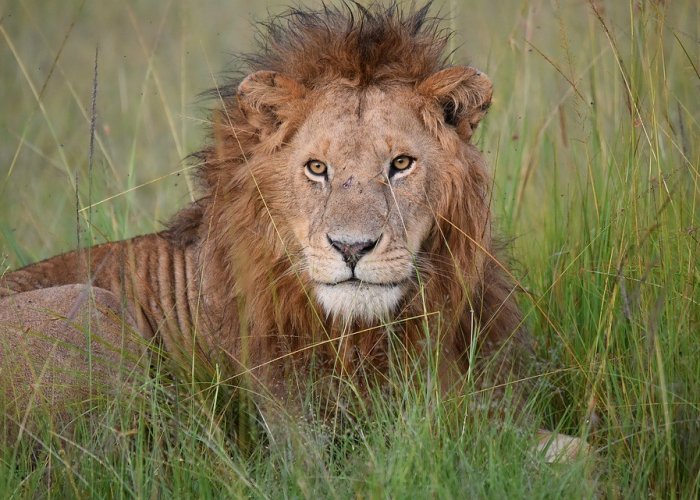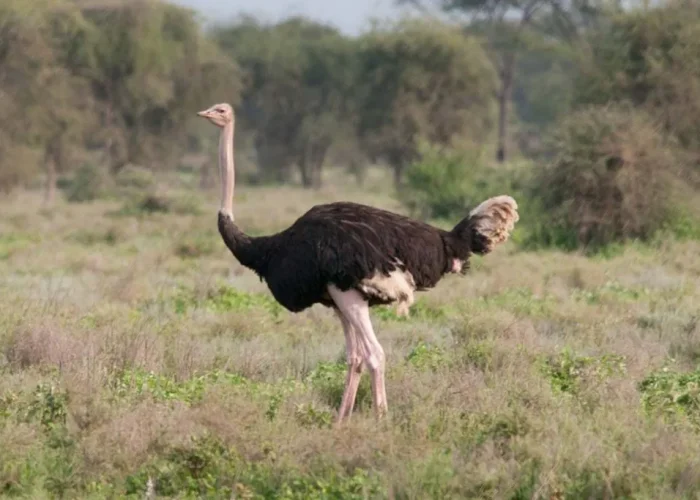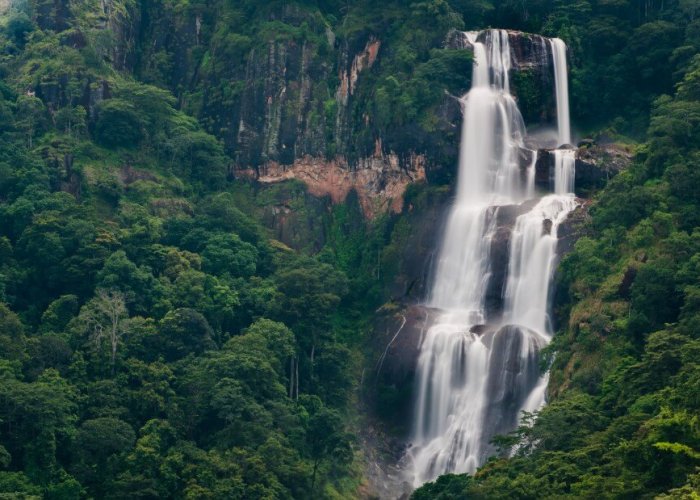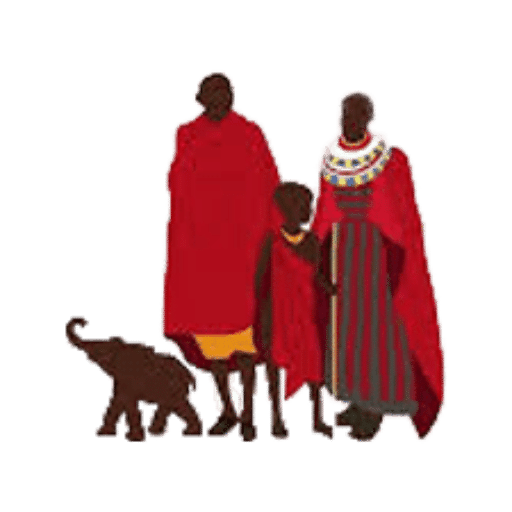Southern Circuit
Overview
The Southern Circuit in Tanzania is an equally captivating and less crowded alternative to the well-known Northern Circuit. It offers diverse landscapes, abundant wildlife, and unique cultural experiences.
The Southern Circuit offers a more remote and off-the-beaten-path safari experience compared to the Northern Circuit. The regions included in this circuit are less crowded, allowing for a more intimate and peaceful encounter with nature. Visitors can explore a variety of ecosystems, from savannahs and forests to mountains and wetlands.
Wildlife Safari and Bird Watching
Mikumi National Park, Ruaha National Park, Nyerere National Park, Udzungwa Mountain National Park and Katavi National Park
MIKUMI NATIONAL PARK
Tanzania’s fourth-largest National Park, only three to four hours’ drive from Dar es Salaam lying astride the main highway to Zambia, and en route to the National Parks of Udzungwa Mountains, Ruaha and Kitulo. It shares border with Selous Game Reserve to the south. The main feature of the park is the Mikumi floodplain in the centre, along with the mountain ranges that border the park on two sides. Open grasslands dominate in the floodplain, eventually merging with the miombo woodland covering the lower hills.
Mikumi National Park covers an area of 3230sq.km, and it offers a lot of wildlife sightings including plains game like impala, buffalo, wildebeest, zebra; lion, elephant, eland, hippos, baboon, giraffe, warthog and waterbuck can be viewed throughout the year; Crocodile, monitor lizard, and python are also resident in the park; the rare sable antelope resident in the southern part of the park bordering selous, the greater kudu, leopard, and the wild dog also known as the African Hunting Dog or Painted Wolves. Mikumi’s Birdlife is profuse, with over 400 species recorded including European migrants present between October and April {rainy season}, the attractive turquoise and blue lilac-breasted roller which often perches on dead branches.
Mikumi National Park is very popular for a day trip especially for those who have little time to spend an overnight there. But it is recommended to spend at least a night in Mikumi to enjoy a fulfilling game drive in this beautiful park. A number of accommodation facilities are available in Mikumi.



RUAHA NATIONAL PARK
Ruaha National Park takes its name from the Ruaha River which runs along much of the south-eastern border; is the park’s lifeblood attracting great numbers of wildlife in the dry season. Ruaha National Park covering almost thirteen thousand square kilometres making it Tanzania’s largest National Park. The unspoilt wilderness is rich flora over 1650 plants species, most of them flowering. This rich floral diversity is reflected in a wealth of wildlife. Ruaha contains pretty much every species, greater and lesser kudu, roan and sable antelopes, which are rarely seen in most other game parks especially in Northern Tanzania. Herds of elephant and buffalo are also presence in the park. Ruaha River, which plays an important role in the ecosystem of the park, provides sanctuary to a large number of hippos and crocodiles.
Birdlife in Ruaha is equally rich and colorful, with over 480 species recorded including the two migrants which are the rare sooty falcon, and Eleonora’s falcon. The best time for game viewing is during the dry season, from May to December.



NYERERE NATIONAL PARK
Now the Largest National Park in Africa, Nyerere National Park is a newly established Park which is part of what is known as Selous Game Reserve. The name of the Park is given in honor of the founder of the Nation, the Late Mwalimu Julius Kambarage Nyerere. The Park has been established in year 2019 and cover an area of over 30,000 square kilometers.
With its largest wilderness area in Africa, Nyerere National park has relatively undisturbed ecological and biological processes, including diverse range of wildlife with significant predator and prey relationship. Visitor to this vast park will be able to enjoy the widest diversity of safari activities in the country, like boating safaris as well as standard game drives, walking safaris and legendary fly camping trips.



UDZUNGWA MOUNTAIN NATIONAL PARK
Udzungwa Mountains National Park is part of the Eastern Arc Mountains, which covers about 10,000 km2 and are almost entirely in Tanzania.The Park covers a land areaof 1,990 km2 and lies within Kilolo and Kilombero Districts in Iringa and Morogoro Regions respectively. The Selous Game Reserve is to the east and Mikumi National Park to the northeast. The Great Ruaha River borders the park in the north while the Ruipa and Msosa Rivers in the west. The park extends to an altitude of 200m to 2,576m above sea level.
Udzungwa Mountains National Park has different large animal species such as; elephant, buffalo, hippopotamus and leopard. The Park is also home to endangered and endemic species, such as the Iringa red colobus and Sanje crested mangabey; the Udzungwa partridge and the Rufous-winged sunbird. The discovery of new flora and fauna continues in Udzungwa Mountains, which is the only place in Tanzania where forest cover is intact from the lowland acacia and miombo forest of the Great Ruaha Valley to high montane forests and grasslands to more than 2,500m above sea level.



KATAVI NATIONAL PARK
Katavi NP, in the Rukwa Rift, was extended to its existing size of 4470km2 in 1998 making it the third largest park in Tanzania. Katavi’s landscape is dominated by 3 large floodplains strung together by the Katuma River which boasts one of the largest population of Hippo and Croc and provides a habitat for an abundance of water fowl. The savanna plains fill with huge herds during the day time and the equally impressive selection of predators wait patiently for their return to the woodland towards the end of the day.It was established in 1974 and is one of the most remote, vast, natural and pristine parks in Africa. The park also rich in plant and wildlife nature resources.
Hippos in Katavi provide the most singular wildlife spectacle!Towards the end of the dry season, up to 200 hundred individuals might flop together in any riverine pool of sufficient depth. The Park offers wildlife in abundance and it has one of Tanzania’sgreatest concentrations of buffalo, elephants and hippotamus. The main focus for game viewing within the park is the Katuma River and associated floodplains such as the seasonal Lakes Katavi and Chada where most animals congregate.




